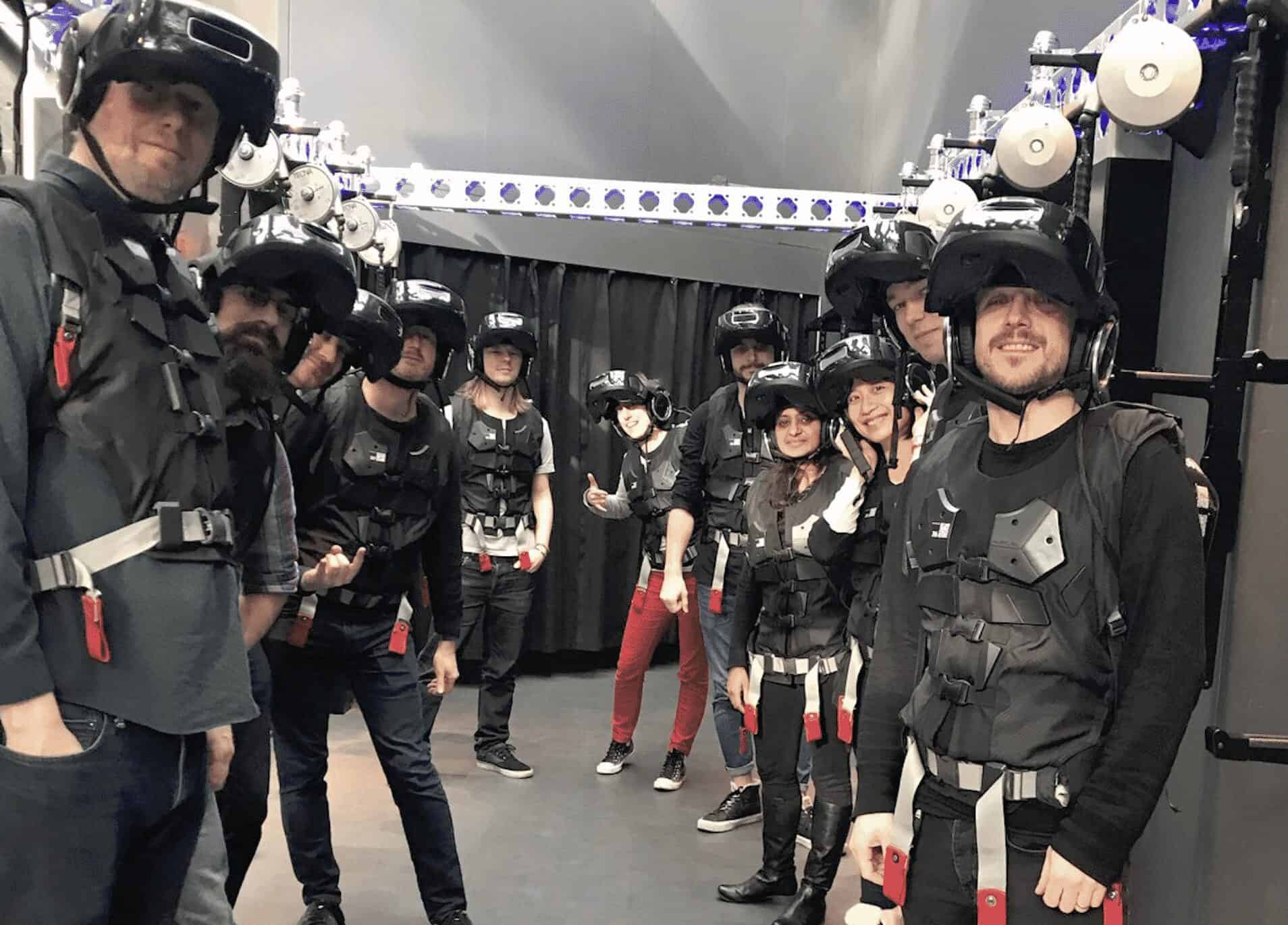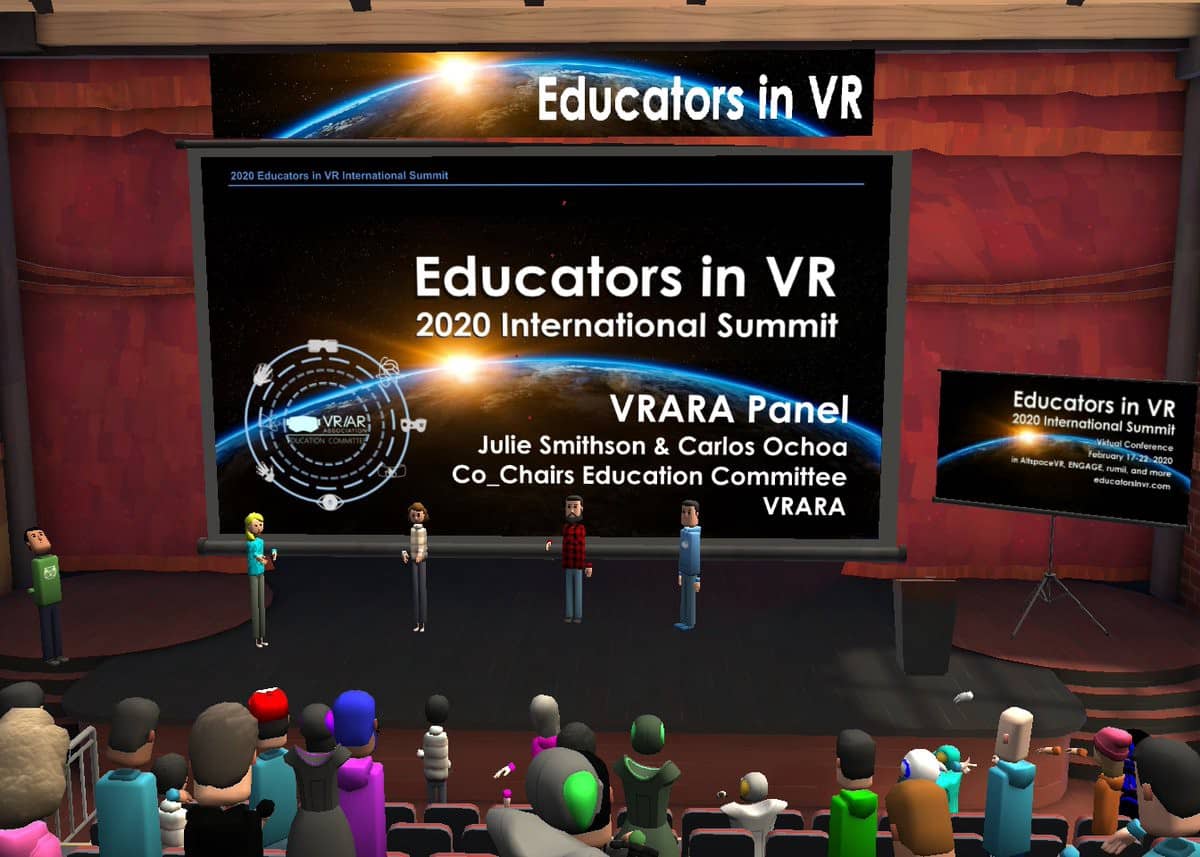Given the recent news, we’re looking at the Coronavirus and Virtual Reality. Several VR and AR conferences are canceled or postponed, and we expect more to follow. SXSW caved in yesterday, and while it covers far more than virtual reality, innovative XR projects have always been a highlight of the massive gathering in Austin. None of this comes as a surprise given vendor restrictions on travel and people’s concerns about mingling with large crowds.
The conference scene remains fluid, and many conferences and events essential to our work are still on – AWE in California and the Tribeca Film Festival in our own neighborhood to name just two. But all this could change in the near future as the number of cases grows.
The Impact on Location-Based VR
We expect the Coronavirus to have a significant impact on location-based VR operations like The VOID, Dreamscape, Zero Latency, and Hologate. Themeparks are nervous enough – but location-based VR brings the risk to a whole new level. It requires that you share headsets, haptic vests, and sometimes even gloves. Even with constant disinfecting, that’s not going to be attractive to the public.

While some of these companies like Dreamscape have only a few locations, others like Hologate have over 300 sites in 30 countries. Just as they were finally overcoming financial issues and startup challenges, they get hit with this. It’s almost surreal to read a recent January article in Forbes, which argues that now is time for location-based VR.
Is This The Moment for Social VR?
The more fascinating question on the Coronavirus and virtual reality is whether social VR can provide a substitute for canceled conferences and large events. SXSW has already hinted at doing some parts of its program virtually. Can Social VR replace the face-to-face format?
This should be the opportune moment for social VR. We have several multi-user VR platforms that should be ideal for precisely this situation. And we’ve seen some innovative experiments such as the recent Educators in VR International Summit which held 150 events in VR over six days, running 24 hours a day. Utilizing five virtual platforms, the conference delivered on its promise. However, some sessions were sparsely attended and a few speakers encountered technical challenges with their PowerPoint presentations (there were a few moments when we felt like we were living in the 90s all over again).

The challenge with hosting events on social VR is that the platforms are not that much better than the old Second Life platform. The avatars are blocky, feedback options limited, and the technology is glitchy without robust bandwidth.
In five years, we expect this to be a completely different story. Academic programs will easily transition into virtual environments. And in working from home, you’ll be immersed in a virtual environment, not staring at the rectangular screen on your laptop.
We’re also puzzled why many of these events try to recreate the real-world conference space. Do I really need a virtual auditorium in a virtual world? It’s a comforting take on the world we already know. But it’s hardly an innovative use of VR.
Surely, we can do better in designing our virtual worlds.
The violinist Lindsey Stirling’s use of social VR was far more creative than what we saw in the Educators in VR Summit. It may be obvious to state, but artists are often the first to break boundaries. Educators need to do more than replicate their real world experiences in virtual environments.
What Social VR Needs
It gets more complicated with an event like SXSW moving to a virtual format. Much of the benefit of being in Austin with hundreds of thousands of people are the chance encounters and conversations with others. This can happen in social VR, but not easily. We need more highly detailed avatars with facial expressions and hand gestures instead of blocky representations to support human interaction. Facebook is working on this with their Codec Avatars, but we’re nowhere close with the current state of our technology. Or bandwidth.
Yes, we’re thinking of you 5G and those yet-to-be-implemented promises.
The Coronavirus And Virtual Reality
One fascinating development to note on the Coronavirus and virtual reality is the use of multi-user VR platforms to discuss and research the virus. Take a look at the recent work of Dr. Michael Kuiper at Australia’s national science agency CSIRO, and Dr. Michael Bishop, a drug discovery specialist at Nanome software. Using the Nanome platform, they met inside a virtual room to better understand the Coronavirus at the cellular level and explore ways to interrupt it.
An article in Medium quotes Dr. Kuiper,
We want to understand the function of these proteins in a realistic environment . . . In real life, proteins wiggle and jiggle. By loading protein models into Nanome software and running simulations, we can interrogate the binding sites, right down to the amino acid residues and hydrogen bonds, and come up with a model that can potentially be used to identify a therapeutic target.
Here’s the video of the two exploring the Coronavirus in virtual reality. While it may have far more detail than you want on the virus, it’s worth skipping around to a few sections to see how they work in the virtual space. Around 45:00, there is a discussion on how they are using the Nanome platform and the future benefits of visualizing research through virtual reality.
A Message To Our Readers: Please Stay Safe
The community of educators, artists, and innovators that visits Digital Bodies spans the globe, from countries not impacted to areas where daily life has been tragically upended. Closer to home, we just heard that New York State has declared a state of emergency. We’ll keep you posted if we see further news on the Coronavirus and virtual reality.
Please stay calm and be safe. We may soon be meeting a lot more in VR – even if the technology is not quite ready.
Emory Craig is a writer, speaker, and consultant specializing in virtual reality (VR) and artificial intelligence (AI) with a rich background in art, new media, and higher education. A sought-after speaker at international conferences, he shares his unique insights on innovation and collaborates with universities, nonprofits, businesses, and international organizations to develop transformative initiatives in XR, AI, and digital ethics. Passionate about harnessing the potential of cutting-edge technologies, he explores the ethical ramifications of blending the real with the virtual, sparking meaningful conversations about the future of human experience in an increasingly interconnected world.

